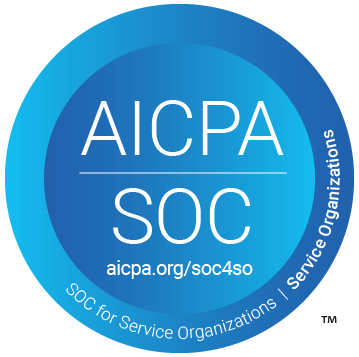What Is EDI Compliance and Why Is It Important?
In today's rapidly evolving business landscape, companies increasingly rely on the efficiency and expediency of electronic data interchange (EDI). Practices can revolutionize operations with EDI and its lightning-fast ability to exchange crucial documents with trading partners, such as purchase orders, invoices, and shipment notices. However, simply adopting EDI is not enough to fully capitalize on its benefits. EDI compliance is essential for businesses to prevent errors, optimize processes, and establish themselves as dependable industry players.
By adhering to industry standards and guidelines for secure and accurate data transmission, companies can streamline operations and increase productivity.
Read More:
Embedded EDI Capabilities to Facilitate Data Movement

Addressing the Potential Pitfalls of EDI
Data security is a critical concern in EDI compliance since it involves transmitting sensitive information between trading partners. Proper security measures prevent businesses from exposing themselves to data breaches and other security threats.
Integration with existing systems is another challenge that businesses face when adopting EDI. Practices require the proper implementation of EDI to avoid errors and disruptions when updating their internal processes and systems.
In addition to data security and system integration challenges, businesses may encounter resistance from trading partners when adopting EDI. Partners may hesitate to switch to EDI since it may be an unfamiliar technology with probable high costs and complex implementation structures. To successfully administer EDI, businesses must work collaboratively with their trading partners and communicate effectively. Education and support are also crucial in ensuring a smooth transition, leading to increased efficiency and optimized supply chains.
Read More:
Top 6 EDI Software Capabilities that You Definitely Need
Navigating EDI Compliance Requirements
EDI compliance involves steps that ensure a company's EDI practices conform to the standards and requirements set by its trading partners and industry organizations. Achieving EDI compliance can be a complex process requiring companies to meet specific technical and operational guidelines.
Secure Message Formatting and Encryption
Practices must ensure that they format their EDI messages correctly and use secure encryption to protect the exchanged data. Encryption protects data against unauthorized access or interception. This means that practices must implement security measures to prevent unauthorized access to their systems and protect transmitted data.
Maximize Efficiency with Error-Free Transmission
Another critical aspect of achieving EDI compliance is managing errors effectively. Errors can occur during the transmission of EDI messages, and companies must have systems in place to identify and correct errors quickly. Failure to manage errors effectively can result in lost business, delays in processing, and damage to relationships with trading partners.
Equip Employees for EDI Compliance
Training employees is essential to achieving EDI compliance. The company must equip its employees with knowledge of the specific EDI standards and processes used, as well as how to identify and manage errors that may occur while transmitting EDI messages.

Transform Your Healthcare Practice's EDI Compliance
Despite the potential challenges of adopting EDI, Medvision's QuickCap (QC7) provides a comprehensive solution that helps healthcare practices gain and maintain EDI compliance. The system integrates with various practice management structures, automates claim submission, provides real-time eligibility verification, and allows customizable rules and alerts.
Extensive reporting capabilities equipped in QC7 enable practices to track and monitor EDI transactions, identify trends and patterns, and promptly address any issues. This reduces the risk of errors and rejections while ensuring accurate and timely data exchange.
Evolve Your Business with Seamless and Secure Data Exchange
References:
- PubMed. “The Basics of EDI (Electronic Data Interchange): A Pathway to the Information Highway - PubMed,” August 1, 1994. https://pubmed.ncbi.nlm.nih.gov/10135555/.
- MedicalEconomics. “Implementing EDI,” n.d. https://www.medicaleconomics.com/view/implementing-edi.
Recently published articles
Keep in touch
Subscribe to get the latest update
Trending topics
Share your insights on social media
Upcoming events and company news


















